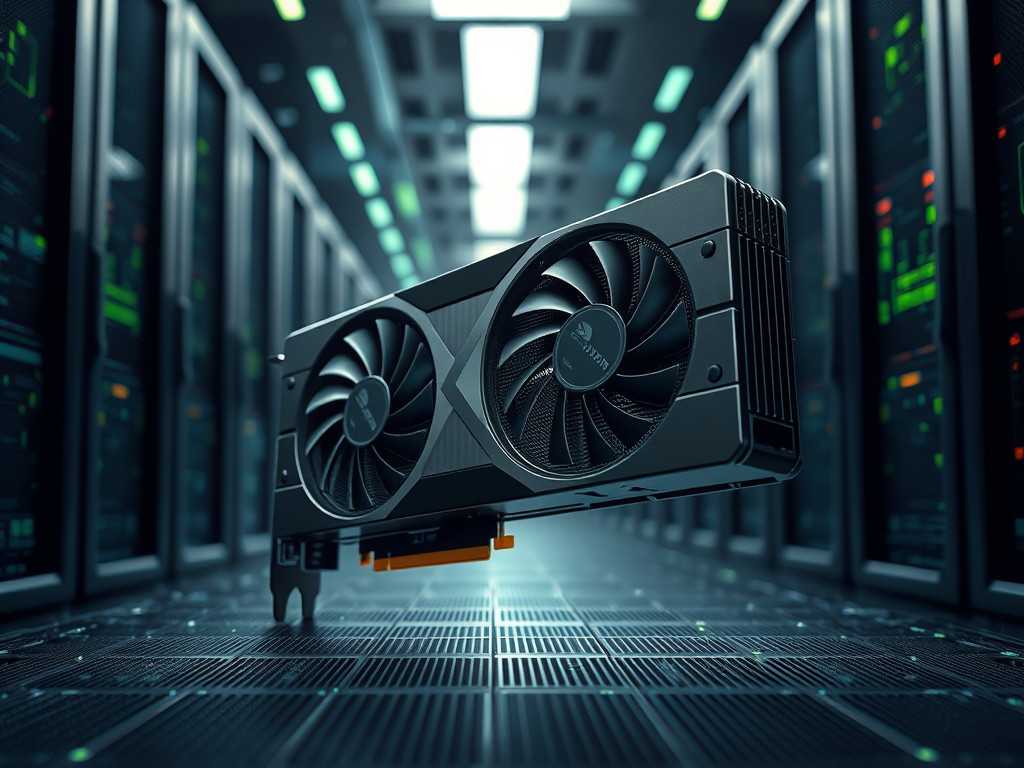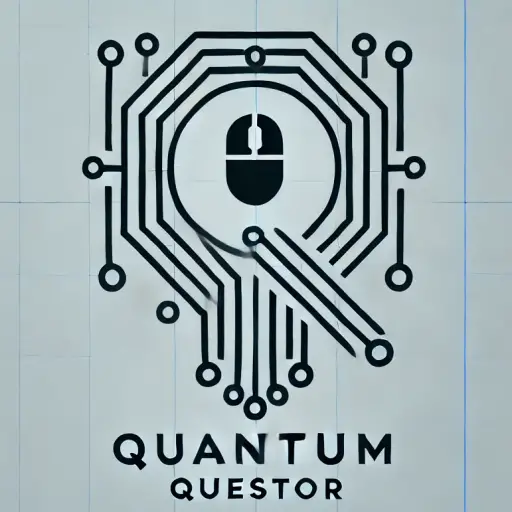
Introduction to NVIDIA Tesla P100 GPU
The NVIDIA Tesla P100 GPU is a transformative piece of technology that has significantly impacted the landscape of high-performance computing. Designed for advanced data centers, it provides unparalleled performance for AI, deep learning, and data analytics applications. Leveraging the Pascal architecture, this GPU is engineered to meet the growing demands of high-throughput computing tasks.
One of the standout features of the Tesla P100 is its ability to handle complex computations with ease. This makes it an ideal choice for researchers and engineers who require powerful computational capabilities. From driving advancements in artificial intelligence to supporting large-scale simulations, the Tesla P100 is a key player in modern tech infrastructure.
Technical Specifications and Features
The technical prowess of the NVIDIA Tesla P100 GPU lies in its innovative architecture and design. Based on NVIDIA’s Pascal microarchitecture, it boasts 3584 CUDA cores and a memory bandwidth of up to 720 GB/s. This immense power enables it to perform parallel computations at an unprecedented scale.
Another significant feature is its use of HBM2 memory technology, which provides higher memory bandwidth and efficiency compared to traditional GDDR5 memory. The GPU also supports NVLink technology, which allows multiple GPUs to communicate at high speeds, thus enhancing performance for multi-GPU setups.
HBM2 Memory Advantages
High Bandwidth Memory (HBM2) is crucial in reducing data transfer bottlenecks that can impede performance. With HBM2, the Tesla P100 can access large data sets quickly, which is essential for tasks involving big data and machine learning models. This memory setup not only increases throughput but also reduces power consumption, making it an energy-efficient solution for data centers.
NVLink Technology
NVLink is a groundbreaking interconnect technology that offers significant improvements over PCIe. It facilitates faster communication between GPUs by providing up to 5 times more bandwidth than PCIe connections. This feature is particularly beneficial for AI workloads where model training requires extensive data exchange between multiple GPUs.
Applications in High-Performance Computing
The NVIDIA Tesla P100 GPU finds extensive applications across various domains due to its robust computational capabilities. In scientific research, it powers simulations ranging from climate modeling to molecular dynamics. Its ability to process vast amounts of data makes it indispensable for fields requiring precision and speed.
In the realm of artificial intelligence, the Tesla P100 has been instrumental in accelerating deep learning frameworks such as TensorFlow and PyTorch. By providing faster training times and supporting larger model architectures, it enables researchers to push the boundaries of what’s possible in AI development.
Use Case: AI and Machine Learning
Machine learning models require substantial computational resources for training, especially as they grow in complexity. The Tesla P100’s high throughput allows researchers to train models more efficiently, reducing time-to-insight from weeks to days or even hours. This capability is crucial for industries like finance and healthcare where rapid model iteration can lead to significant competitive advantages.
Data Analytics Enhancements
In data analytics, speed and accuracy are paramount. The Tesla P100 excels in processing large datasets quickly, making real-time analytics feasible for businesses looking to gain insights into consumer behavior or market trends. This capability transforms raw data into actionable intelligence much faster than traditional computing solutions.
Comparing NVIDIA Tesla P100 with Other GPUs
When compared with other GPUs like the NVIDIA V100 or A100, the Tesla P100 holds its ground as a cost-effective solution for specific use cases despite not being the latest offering from NVIDIA. While newer models might offer improved specs, the P100 remains a viable option due to its balance of performance and price.
The V100 offers enhancements like tensor cores which are optimized for deep learning tasks, providing even greater speedups in AI applications. However, for organizations looking for robust performance without needing the absolute cutting-edge features or facing budget constraints, the P100 remains a solid choice.
Cost-Effectiveness
The cost-effectiveness of the Tesla P100 is one of its most attractive features for businesses that require reliable performance but need to manage costs carefully. It provides a significant portion of the performance seen in newer models but at a fraction of the price, making it suitable for small to mid-sized enterprises aiming to deploy high-performance computing solutions without hefty investments.
NVIDIA Tesla P100 GPU: Future Prospects
As technology continues to evolve, so does the potential of GPUs like the NVIDIA Tesla P100. While newer models continue to emerge with advanced capabilities, the foundational strength of the P100 ensures that it will remain relevant in specific niche applications where its particular set of features aligns perfectly with user needs.
The ongoing evolution of AI technologies will likely keep demand high for effective yet affordable solutions like the Tesla P100. Its balance of performance and cost ensures that it will continue being a valuable asset in both existing infrastructures and new deployments seeking reliable compute power.



